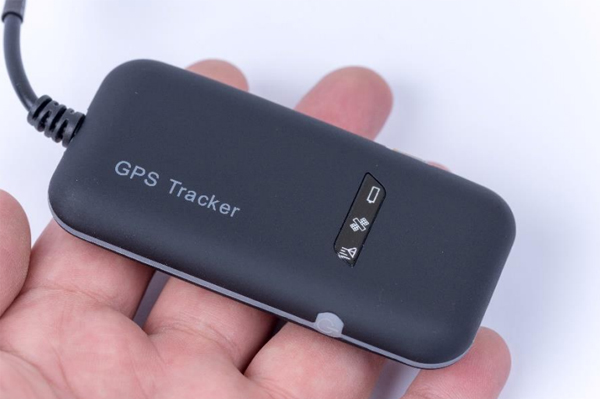SABIC, a leader in the chemical industry, introduced new LNP™ THERMOCOMP™ WF006V compound suited for laser direct structuring (LDS) of antennas that are integrated into the housings and covers of consumer electronics devices, appliances and other electronic components. The new material can help facilitate the adoption of LDS antennas to replace incumbent options such as flexible printed circuit antennas by enabling customers to create complex and miniaturized designs, accelerate production and reduce system costs. The glass-fiber-reinforced compound provides a tensile modulus more than two times higher than that of unfilled polybutylene terephthalate or polycarbonate resin, and could be used for molding small, thin-wall parts. It also delivers good surface quality for attractive aesthetics, and good signal gain and LDS performance. Compared to traditional materials, the LNP THERMOCOMP WF006V compound offers better chemical resistance and hydrolytic stability and lower warpage.
“Antennas are essential components of applications with wireless connectivity, such as smartphones, smart appliances and GPS trackers,” said Joshua Chiaw, director, business management, LNP and NORYL, Specialties, SABIC. “LDS has become a key enabling technology for these antennas. Our new LNP THERMOCOMP material can help customers optimize the design, production cycle time and appearance of LDS-integrated antennas in a growing array of applications. This new compound demonstrates SABIC’s ongoing commitment to delivering new, targeted solutions that address the evolving requirements of connected devices.”

SABIC’s Compound Optimizes LDS Antennas
The LDS process allows an antenna design to be directly transferred onto the three-dimensional surface of a part molded from a polymer with special additive chemistry. After laser activation of the pattern and chemical plating, the antenna is connected to a circuit. This technology supports part integration, minimizes space requirements, simplifies prototyping and enables cost-effective mass production.
LNP THERMOCOMP WF006V compound addresses the challenges of incumbent materials, and has the potential to avoid yield loss, rework and subsequent extra cost. Chemicals used in the electroless plating process can erode some glass fiber-reinforced materials, causing the fibers to migrate to the exterior of the part where they affect surface finish. Other materials can warp due to their anisotropic characteristics. Still another challenge is excessive moisture absorption by certain resins, which can result in poor dielectric stability.
The SABIC compound overcomes all these issues by delivering excellent chemical resistance, low warpage and low moisture uptake. This material also features good impact resistance and laser welding capability.
“Successful LDS of integrated antennas requires a careful balance of polymer properties,” said Jenny Wang, director, formulation and application, APAC, Specialties, SABIC. “Our material scientists applied their extensive experience with this process, including its use in 3D molded interconnect devices, to develop a new LNP THERMOCOMP compound that meets these requirements. This specialized material has the potential to help improve antenna performance, dielectric properties and aesthetics.”

